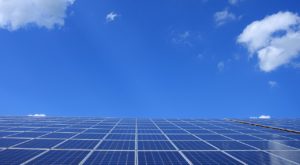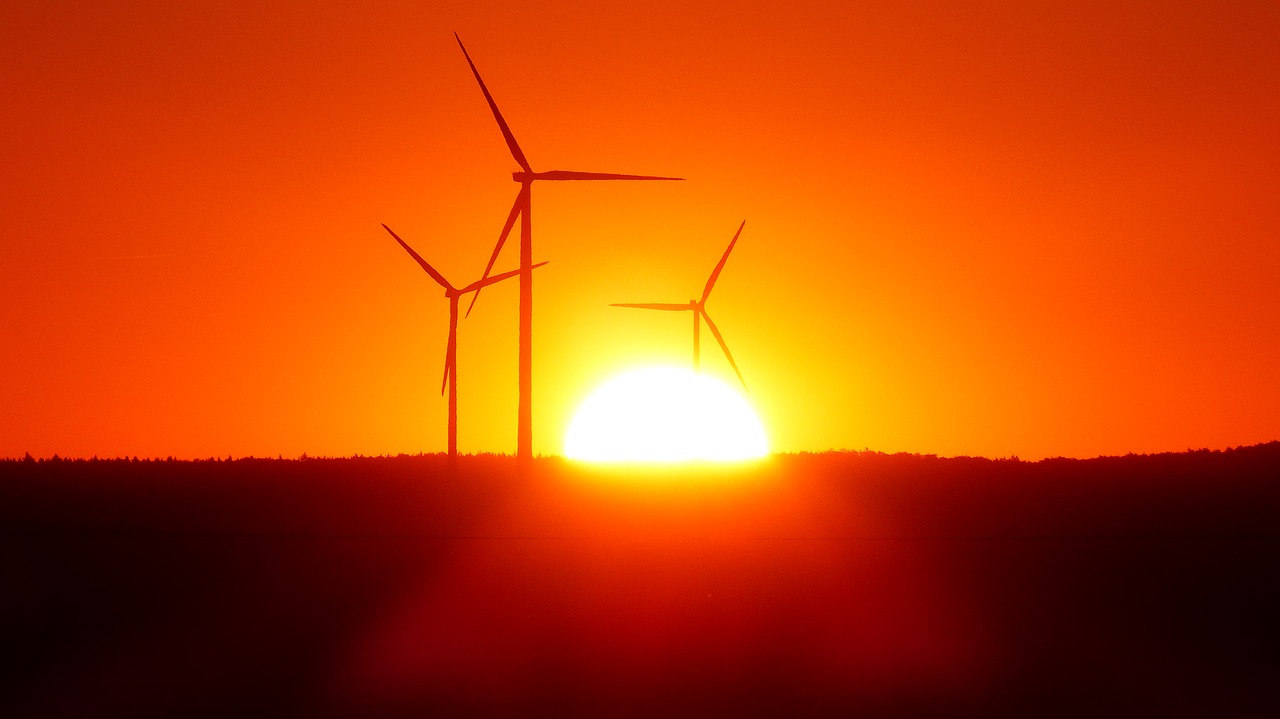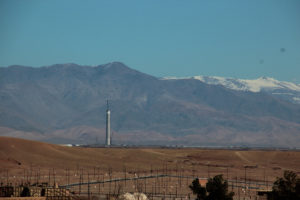Countries in the Middle East and North Africa (MENA) region are investing heavily in renewable energy infrastructure projects to harness the power of the sun and wind. Some of the largest investments are in solar energy parks. Here are four of the region’s most ambitious solar energy projects:
1. Noor 1, Morocco
Noor 1 is the first phase of a four-part solar energy complex located in the Saharan desert of Morocco near the city of Ouarzazate. The Ouarzazate Solar Complex (OSC) is expected to be completed in 2018, when it will have a capacity of 580 megawatts. This level of output could potentially support over a million people, thus making it possible for Morocco to export solar energy to other countries in Europe and Africa. Upon completion, the OSC will be approximately the same size as Rabat, Morocco’s capital.
The OSC will reduce Morocco’s dependence on other sources for its energy needs. The energy provided by the OSC will help to cut Morocco’s oil consumption by 2.5 million tons and diminish its annual carbon emissions by more than 750,000 tons.
Covering nearly 2 square miles, Noor 1 is home to half-a-million solar mirrors. The mirrors direct the sun’s light toward a liquid that then becomes steam, which powers turbines. The turbines can be used to produce electricity or warm up special salts that will hold the energy in storage tanks for use at night. The Noor 1 phase of the complex contributes 160 megawatts to the total 580 megawatt capacity.
Nearly $4 billion has been provided by various sources to support the OSC project. The World Bank, the Moroccan government, and the European Investment Bank are some of the project’s investors. The Noor 1 phase of the project cost about $700 million.
Noor 1 and the OSC are part of Morocco’s goal to obtain more than 40 percent of its power from renewable sources by the year 2020.
-
Mafraq 1 Solar Plant, Jordan
Like Morocco, Jordan is also seeking to increase its renewable energy resources by the year 2020.
One part of this effort is the Mafraq 1 Solar Plant, which is currently under construction in northern Jordan. The solar photovoltaic (PV) plant will have a capacity of 50 megawatts. Mafraq 1, which is scheduled to begin operations in 2018, will provide 40,000 Jordanian homes with electricity at just under 7 cents per kilowatt hour, much lower than the country’s average energy prices.
The construction of Mafraq 1 is being led by Fotowatio Renewable Ventures, a branch of Abdul Latif Jameel Energy. The project is being funded with $76 million from the International Finance Corporation, $8 million from the Europe Arab Bank, and additional funds from Finnish and Dutch companies.
Mafraq 1 is expected to have a positive effect on the country. In addition to reducing carbon emissions by 80,000 metric tons annually, the plant will create more than 200 construction jobs.
-
Scatec Solar Plants, Egypt
 Six solar plants are under construction in Egypt. Three are located in the Benban region of the southeast, while two are situated in the Zafarana region to the northeast. The plants in Benban will have a total capacity of 150 megawatts, while those in Zafarana will have a capacity of 100 megawatts.
Six solar plants are under construction in Egypt. Three are located in the Benban region of the southeast, while two are situated in the Zafarana region to the northeast. The plants in Benban will have a total capacity of 150 megawatts, while those in Zafarana will have a capacity of 100 megawatts.
Egypt’s solar program remains in its infancy. The country’s goal is to install 2 gigawatts of PV panels in 40 separate solar complexes as part of its solar FiT program. By 2020, the country hopes to obtain 20 percent of its power from renewable sources.
Scatec Solar will construct, own, and manage the plants at Benban and Zafarana for 25 years, according to an agreement signed by SSO and its partners. The company has committed $600 million to this project over two years, and the plants aim to generate about $60 million in revenue annually. SSO’s work in Egypt is expected to diminish the country’s yearly carbon emissions by 300,000 tons.
-
Mohammed bin Rashid Al Maktoum Solar Park, UAE
Mohammed bin Rashid Al Maktoum Solar Park in Dubai, which is expected to become the largest solar power plant in the world, could potentially generate 5,000 megawatts of electricity by 2030.
The project was launched by the Dubai Electricity and Water Authority in 2012. The 77-square-meter park is expected to reduce the country’s carbon emissions by more than 6 million tons.
The solar park, whose first phase became operational in 2013, currently generates 13 megawatts of electricity. More than 150,000 photocells and 13 transformers work to provide more than 28 million kilowatt hours of power each year.
The second phase of the solar park will be much larger, with the expectation that it will produce 200 megawatts of clean energy. The solar park is expected to power 50,000 homes in the city through more than 2 million photovoltaic solar panels.
The third and largest phase of the solar park, which will produce 800 megawatts of electricity, is expected to be completed by 2020.


